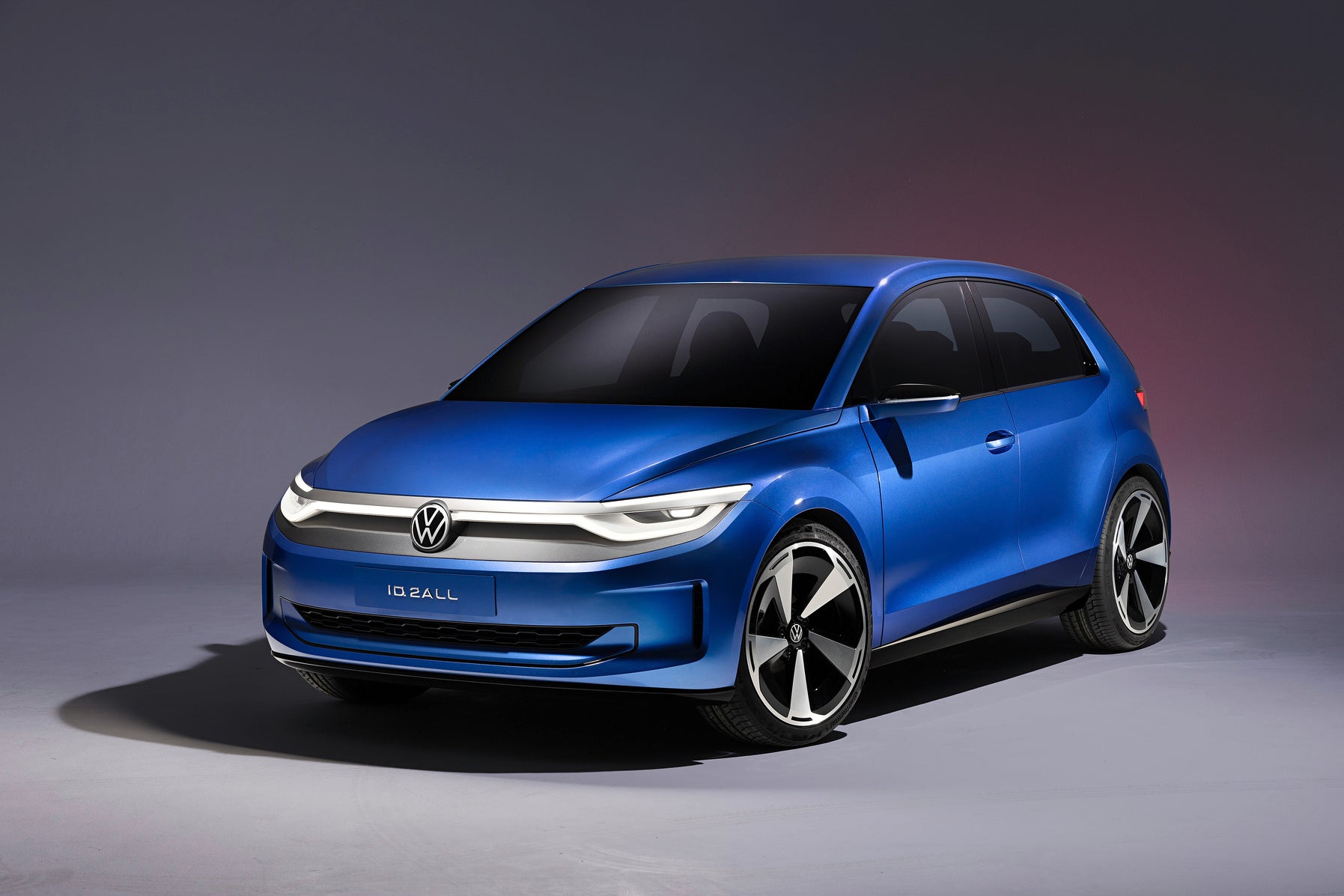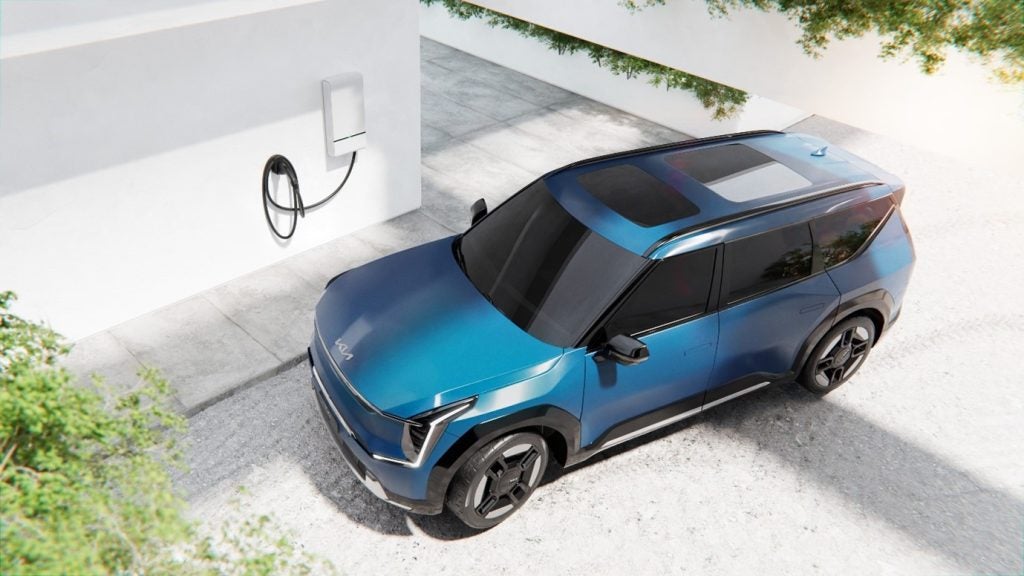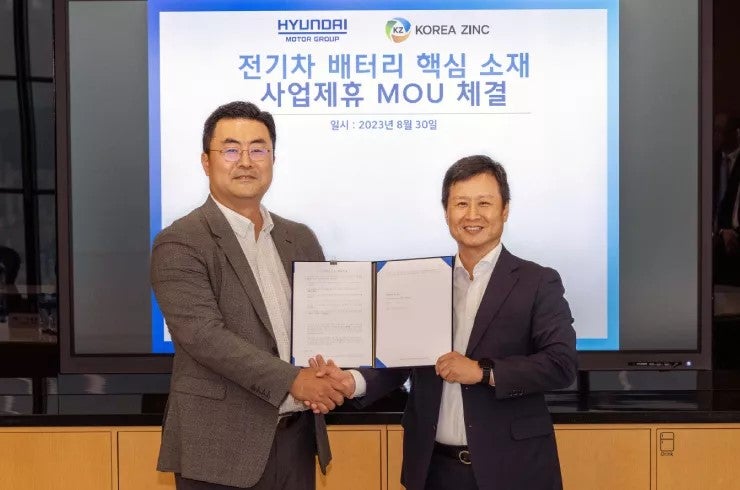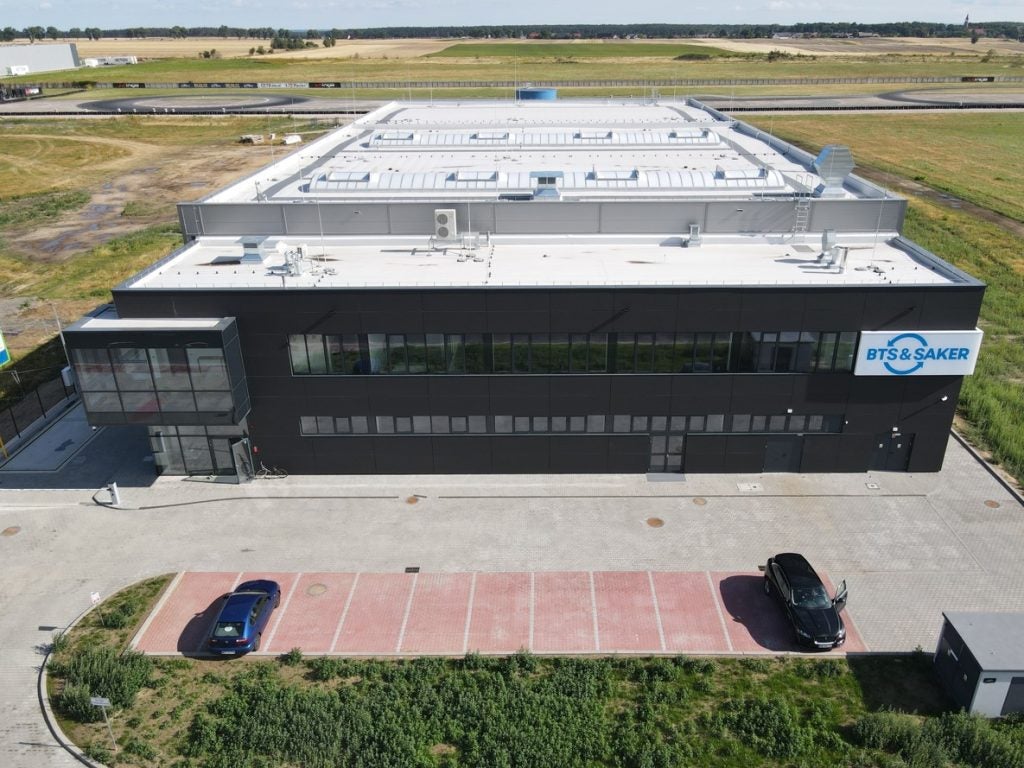
It won’t be long before we see low price-point electric cars on the market in higher volume segments. Tesla is planning a smaller car, for example, but so is Volkswagen and other established OEMs.
It’s starting to be a case of looking at model cycles and considering how a planned ICE model replacement could now realistically be supplanted by an EV. This becomes more pressing as we get into the second half of the 2020s and the planned market cessation dates for ICEs in the 2030s start to come over the planning horizon.
VW has already said that the current (eighth generation) ICE Golf will be the last ICE Golf. There will be an update to the current Golf, but the next full replacement – still likely to be called Golf – goes electric in 2028.
Before then, a small electric VW (priced at 25,000 euro or below) dubbed ID.2 is due in 2025. It has already been previewed by the ID.2all concept. Could ID.2 effectively replace the venerable Polo? There must be some interesting debates going on in OEM product planning departments.
We recently published the first of a two-parter looking at VW’s future product plans: Volkswagen Group future models – Part One
The tricky thing for OEMs to navigate is where the price points can be placed to turn a profit and on what timescale. It’s a little chicken and egg in terms of higher EV costs and where demand is going to be over the course of a four-year model cycle as EV market penetration rises. Unit costs will come down as scale goes up, but how quickly will that happen given likely constraints on the manufacturing side and the challenge of developing new EV supply chains?
Keep an eye on China, for sure. Trade tensions will rise if exports from there have any hint of ‘dumping’ or hidden subsidies in their market price points. A General Motors JV there has just launched a small electric hatchback with a price tag under $14k. Gulp.
General Motors JV launches Baojun Cloud EV
We have also recently seen a newcomer’s spectacular IPO. VinFast is an electric vehicle specialist that is quickly making an impact. It’s initial market capitalisation is way in excess of certain established OEM giants. Another gauntlet thrown, this time all the way from Vietnam.
VinFast soaring Nasdaq debut reflects strong fundamentals
We’ve just been through a wave of healthy looking quarterly financial results for OEMs and major suppliers who are enjoying a sales windfall following a prolonged period of unprecedented supply shortages. Enjoy it while you can, folks. The competitive landscape is certain to intensify during the energy transition ahead and profits won’t be booked anything like as easily as right now, even as companies inevitably talk up their EV prospects and strategies.






